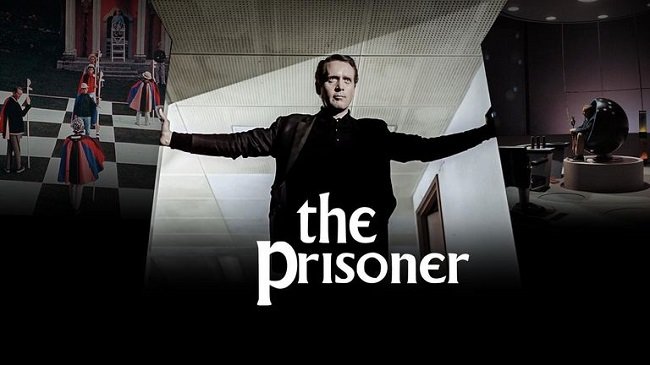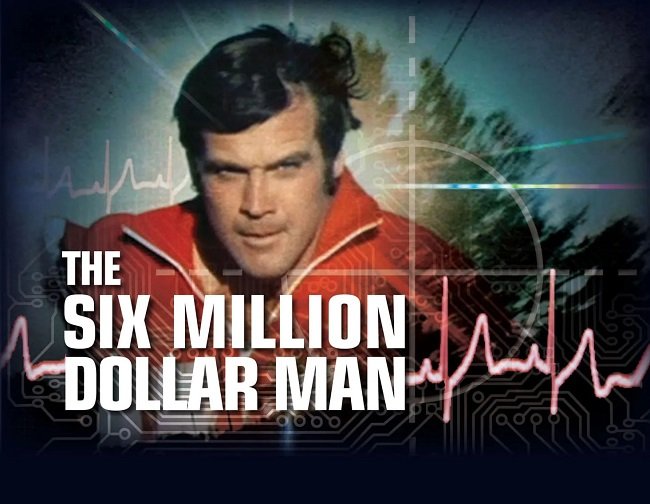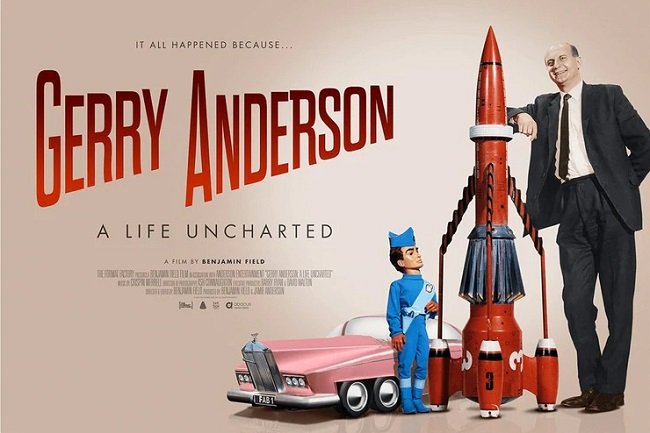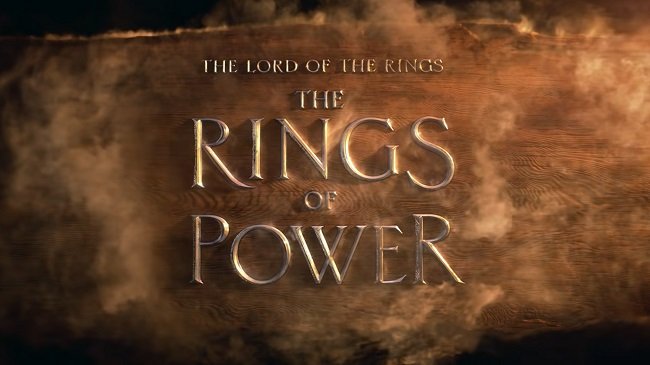The Six Million Dollar Man (1973-78)
I was seven when The Six Million Dollar Man was first broadcast in the UK in late 1974. As a young and impressionable child, who was already fascinated by Doctor Who, Star Trek (TOS) and the films of Ray Harryhausen, this show was essential weekly viewing. I believe for the first couple of seasons, we sat and watched it as an entire family. Television was less sophisticated back then and dominated by sitcoms, police procedurals and traditional dramas. So a weekly show blending the espionage genre with science fiction themes was revolutionary. It also inspired a generation of school kids to run around the playground in “slow motion” and give themselves hernias as they attempted to lift heavy objects. And don’t get me started on the range of Steve Austin toys. One had a “bionic eye” which meant it had a lens in the front of the action figure’s face and you could look through the back of his head like a telescope. What a time to be alive!
In case you are unfamiliar with The Six Million Dollar Man, it was a popular TV show based upon the novel “Cyborg” by Martin Caidin. Astronaut Colonel Steve Austin (Lee Majors) is catastrophically injured after a crash testing an experimental lifting body. He has “bionic” implants, replacing his left eye, right arm and both legs. These robotic replacement parts give him enhanced strength, speed and vision. He subsequently becomes an operative of the Office of Scientific Intelligence (OSI) upon recovery. The Six Million Dollar Man ran for five seasons and spawned a spinoff show, The Bionic Woman. As the show progressed the science fiction elements became more fantastic. People were replaced by robot doubles. Aliens and Bigfoot became a recurring plot. And there was a rogue Russian probe designed for the harsh atmosphere of venus. The show often featured notable guest actors such as John Saxon, Monte Markham and William Shatner.
To say that The Six Million Dollar Man was influential would be an understatement. The show remained popular for five years or more and its audio-visual trappings such as slow motion fights, sound effects and electronic ambient sounds became a major part of pop culture of the time. Between 1974 and 1980, there wasn’t a comedy sketch show that didn’t at some point lampoon The Six Million Dollar Man. Subsequently films such as RoboCop and video games such as Deus Ex have drawn heavily on its themes. Then there was the range of toys as mentioned earlier, as well as the comic strips, books and other marketing paraphernalia. It made actor Lee Majors a household name and yet he wasn’t typecast by the role. He successfully went on to another successful show, The Fall Guy, in the early eighties and has remained a busy actor ever since.
Recently, UK TV channel Legend has started repeating The Six Million Dollar Man. It is interesting to note that they are showing the episodes that were prepared for syndication after the show’s initial success. Hence, the three pilot TV movies are each broadcast as two part episodes. Also the opening credits have been shortened, presumably for a standard running time. However, these minor technicalities aside, it has been interesting to see the show once again. I recently watched a particularly iconic episode, “Day of the Robots”. This featured the first appearance of evil Doctor Dolenz and his robot replacements. It culminates in a slow motion fight between Steve Austin and a robot version of his friend Major Sloan played by John Saxon. I was haunted as a child by the robot’s face being knocked off and it subsequently being impaled upon a girder. Although it’s incredibly tame by today’s standards.
Having revisited this show that was an integral part of my youth, I have reached an interesting conclusion. Not too dissimilar to my experience when I re-watched Space 1999. One’s enjoyment of a TV show, film or book can often be contextual and based upon one’s circumstances and mindset at the time. Television was narratively less complex in the seventies and genre material was often treated as a novelty. I was a child with less discerning tastes. There was nothing really comparable to The Six Million Dollar Man at the time and so it had a strong impact. Yet viewed through contemporary eyes, it is simplistic, the special effects are dated and the pacing of the shows are slow. Despite the nostalgia, there is a risk of undermining my fond memories with an over analytical, contemporary view. So I’ve chosen not to watch anymore and to keep my memories as they are. This may not be the case with all old TV shows but I think it prudent in this instance.




























